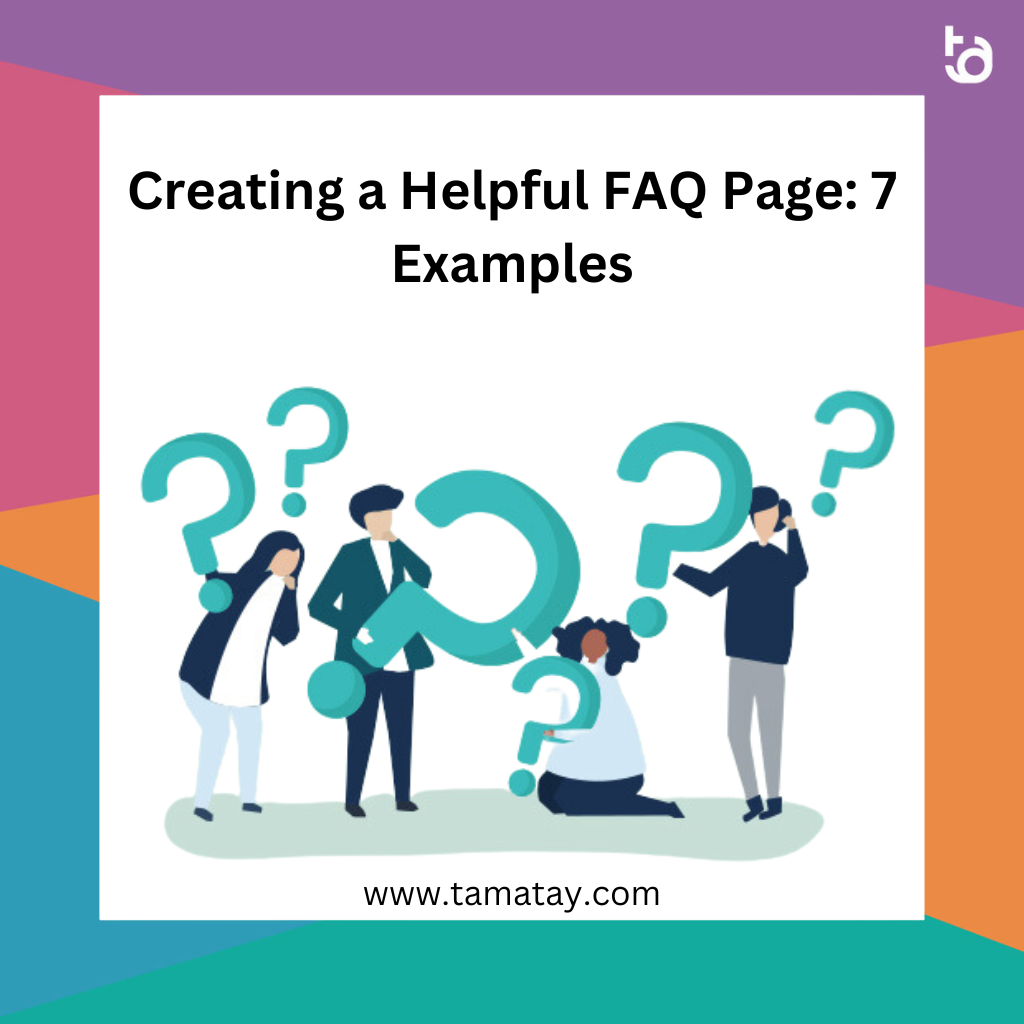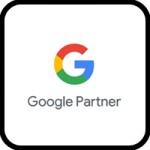Introduction:
Creating an effective FAQ page for your website is an important aspect of providing users with valuable, relevant information about your products, services, or organization. An FAQ page can answer some of the most common questions and concerns that customers have, and can provide helpful guidance on how to use your products or services, as well as what to do if there is an issue. In this article, we will discuss some tips and tricks for creating an effective FAQ page, and provide 7 examples of websites that have created successful FAQ sections.
1. Know Your Audience
The first step to creating an effective FAQ page is to know your audience. Your FAQ page should be tailored to the needs of your specific audience. Who are you targeting? What type of questions and answers will be relevant to them? Knowing what type of information your audience needs can help you determine what questions and answers should be featured on your FAQ page.
2. Keep it Simple
When creating your FAQ page, it is important to keep the questions and answers simple and easy to understand. Keep the language simple and straightforward, and make sure to provide detailed, relevant answers to each of the questions. It is important to avoid overly technical language and jargon, as this can be difficult for customers to understand. Additionally, avoid using too many words in your answers, and instead focus on providing concise, accurate information.
3. Be Concise
When crafting answers to the FAQs posted on your website, it is important to be concise. While it is important to provide enough information for customers to understand the answer, it is also important to avoid providing too much information. Too much information can be overwhelming, and can make it difficult for customers to find the information they are looking for.
4. Include Visuals
Including visuals on your FAQ page can be a great way to make the information easier to understand and to provide additional details that text alone cannot convey. This could be anything from photos to videos to diagrams. Visuals can also be great for answering complex questions, or for providing additional information that cannot be easily conveyed in text.
5. Use Hyperlinks
Hyperlinks are great for providing additional resources that customers may find helpful. Instead of including all the information on your FAQ page, you can link to other websites that may provide more detailed information. This can be especially helpful if you are providing answers to complex questions.
6. Provide Contact Information
Finally, it is important to provide contact information on your FAQ page. This can be either an email address, a phone number, or a link to a contact form. This allows customers to contact you if they have any questions or concerns that they cannot find the answer to on your FAQ page.
7. Examples of Successful FAQ Pages
Here are 7 examples of websites that have successfully created helpful FAQ pages:
• Apple: Apple has an expansive FAQ page that provides detailed information about its products and services, as well as tips on how to use them.
• Amazon: Amazon’s FAQ page provides customers with information about their order process, return policies, and shipping options.
• Walmart: Walmart’s FAQ page includes information about its policies and services, as well as answers to common questions about its products.
• Microsoft: Microsoft’s FAQ page provides answers to common questions about its products and services, as well as links to helpful resources.
• Adobe: Adobe’s FAQ page provides answers to common questions about its products and services, as well as tips on how to use them.
• Spotify: Spotify’s FAQ page provides insights into how the streaming service works, as well as answers to common questions about its products and services.
• Nintendo: Nintendo’s FAQ page offers answers to frequently asked questions about its products and services, as well as troubleshooting tips.
Conclusion
Creating an effective FAQ page for your website is an important aspect of providing users with valuable, relevant information about your products, services, or organization. By following the tips and tricks outlined in this article, as well as looking at the examples of successful FAQ pages from the companies listed above, you should be able to create a helpful FAQ page for your website in no time.







